Every winter season many homes suffer from damp.
What are the causes and what can be done to prevent it?
Examples of mould in homes
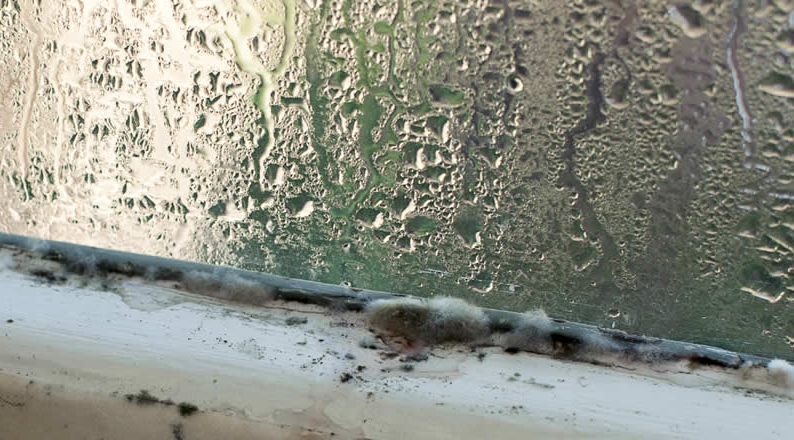
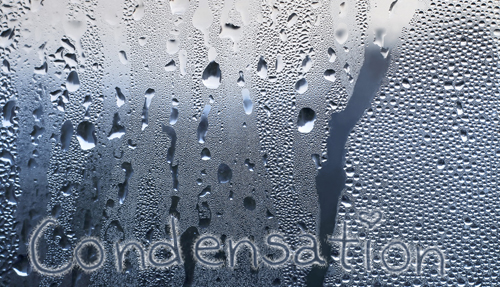
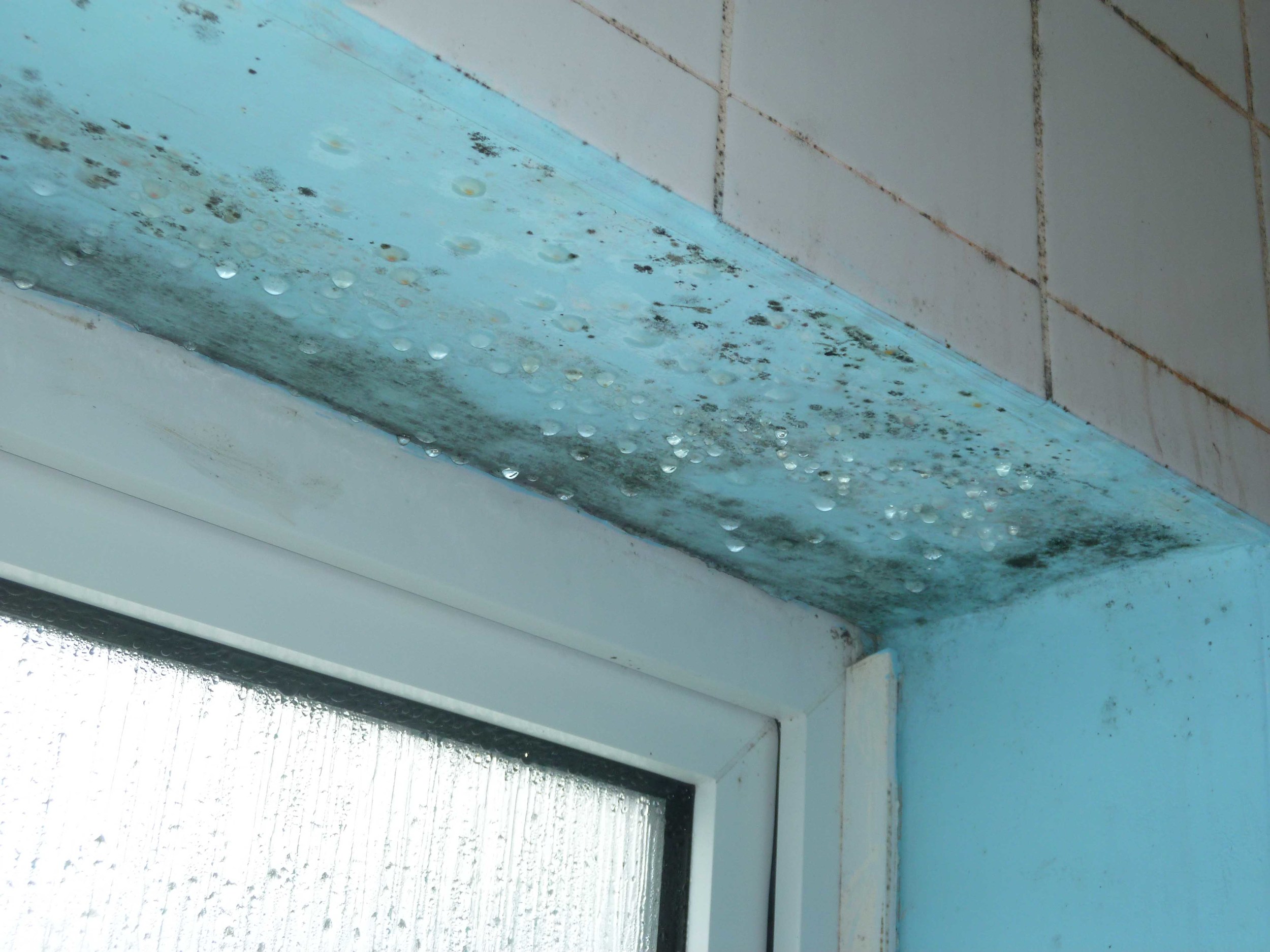
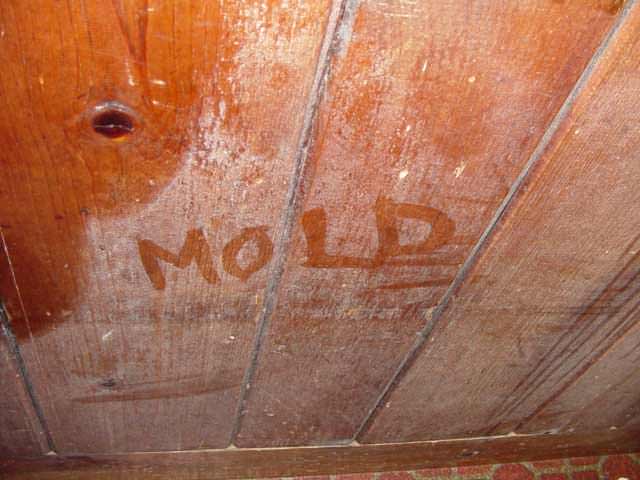
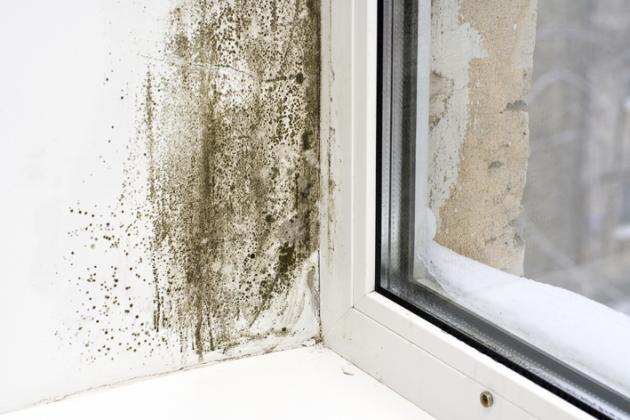
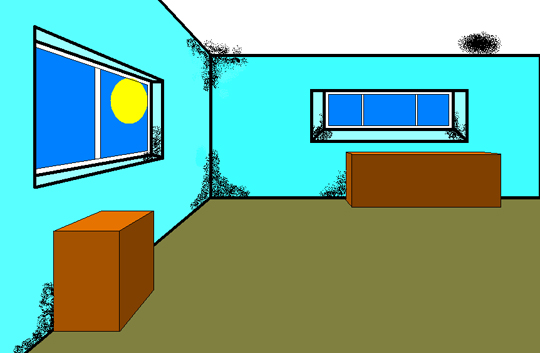
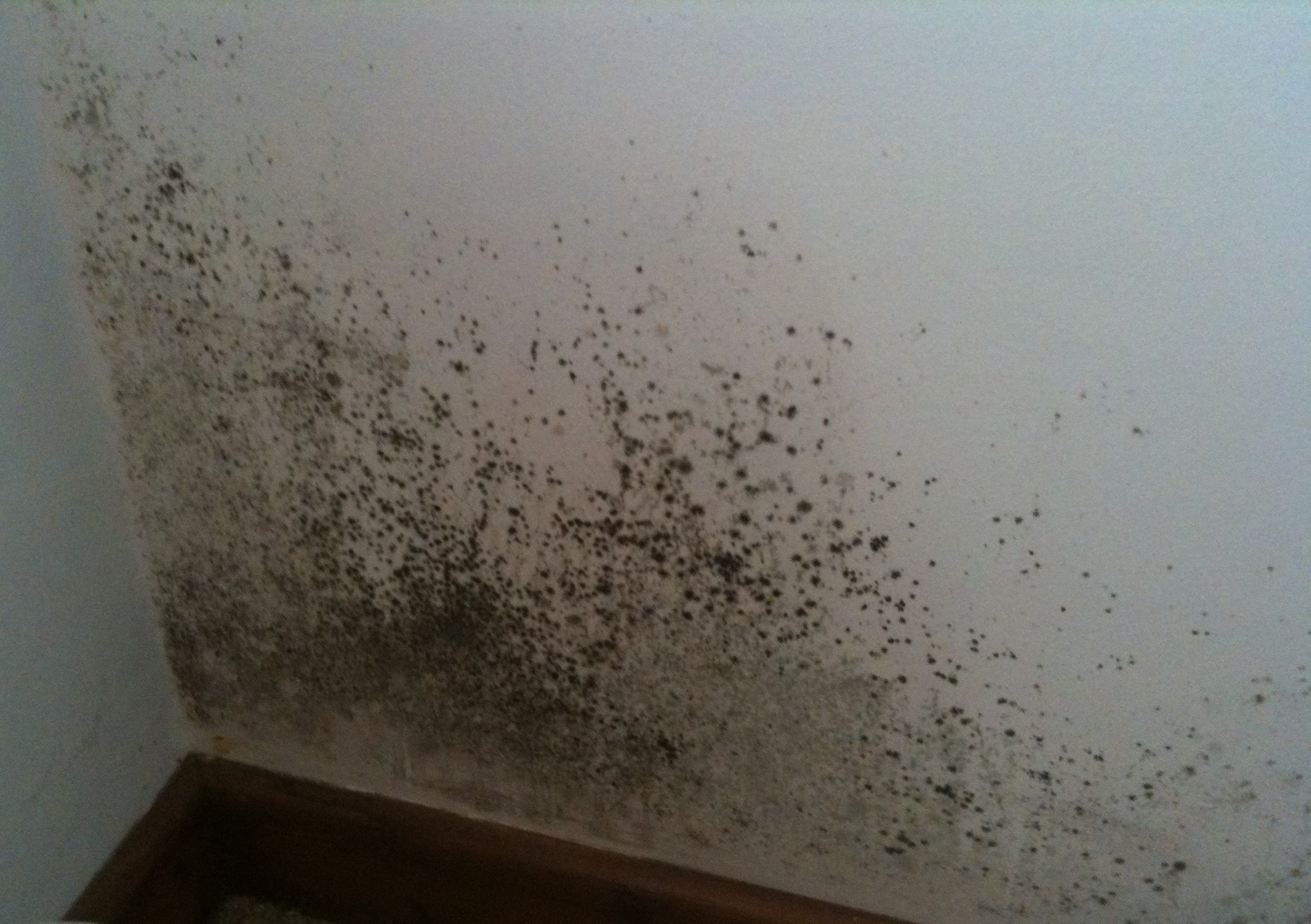
The cause of mould
We see the same effect in our cars, especially during winter. Get into your car first thing on a cold morning and the windows will steam up (condensation). Fortunately cars have inbuilt solutions. Rear windscreen demisters and interior heaters that blow hot air onto the front windscreen and side windows. As the these surfaces warm up the condensation disappears.
Condensation on inside of cold car windscreen
Condensation evapourating as rear windscreen heats up
Exactly the same happens inside a house. Allow the walls and windows to cool down too far and you get condensation on the coldest surfaces.
What is the solution?
Fortunately there are a number of quite straightforward solutions. The most important and effective is heating and ventilation, just as in a car.
During the colder seasons it is recommended that heating is never turned off, just down, and always have at least a couple of windows very slighty open (the thickness of your little finger is plenty).
Walls, furniture, in fact everything in your home, must not be allowed to cool down too far. It takes ages to reheat if you only have the heating on timed for short periods in the morning and evening – the air might feel warm but the structure and contents will not be.
The relative effectiveness of heating and ventilation is shown below:
Heating and ventilation combined (constant low heat) ★★★★★
Just heating (constant low heat) ★★★★☆
Heating on timed and ventilation ★★★☆☆
Just ventilation ★★☆☆☆
You can also help to keep moisture at bay by doing all or, at the very least, some of the following:
✓ Do not dry washing inside (if you have no choice then use a dehumidifier)
✓ Use extractor fans (if fitted) or open windows wider when cooking or showering
✓ Wipe down condensation from windows in the morning
✓ Wipe down wet walls after showering
✓ Move furniture away from outside walls
✓ Do not block vents
I've already got mould, what should I do?
Mould can be wiped off with a special mould inhibiting solution but care must be taken – disturbed mould will give off spores which are hazardous if breathed in. You can obtain the mould inhibiting solution from most DIY shops. Please follow the instructions carefully and take care not to cause further damage to the items you are cleaning.
If you a tenant, please login to your tenancy account where you will find much more detailed information about damp, condensation and mould.
If you would like to discuss these issues in more detail or if you suspect your damp is not caused by condensation,
please call our office on 01384 397561 and ask for Chris.
For more technical information and details on where to buy devices that help with damp and mould, please click the button below.



